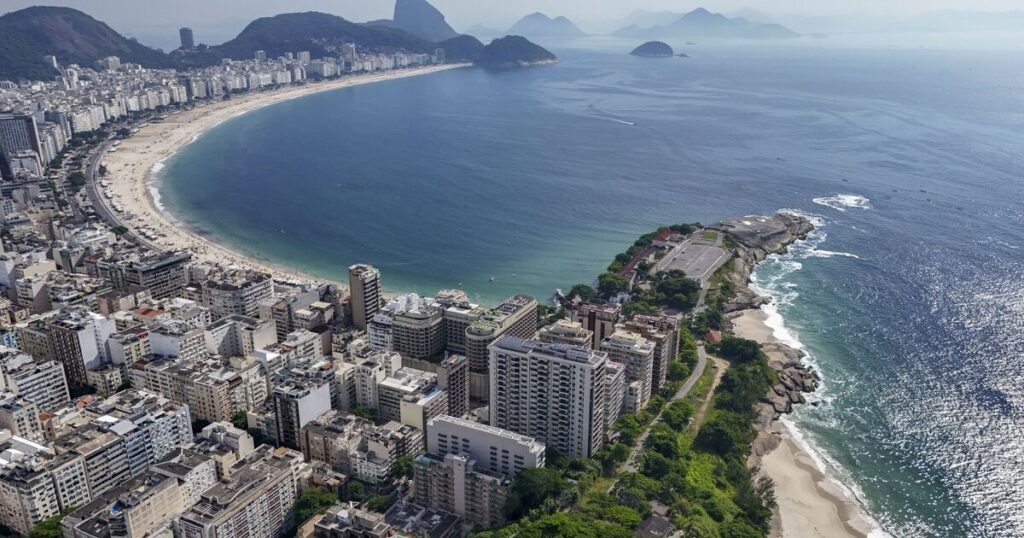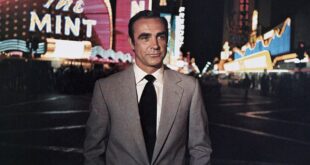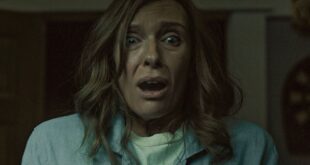
Set in one of the most beautiful cities in Brazil and the world, City of God provides an unflinching portrayal of what life is truly like for those living in Rio de Janeiro’s favelas – a story that continues to resonate powerfully today. The 2002 crime epic will stay with you, making you reflect on the harsh realities of life in Rio’s favelas long after it ends. Cidade de Deus (City of God) is a favela located in the western part of the city. It was created in the 1960s and has become known for its high levels of crime, gang-related activity, and poverty.
Directed by Fernando Meirelles and co-directed by Kátia Lund, the film dives deep into the darker side of one of the world’s most beautiful cities, far from the glitzy tourist attractions and Copacabana Beach. Instead, the film lays bare the complexities and hardships faced by those living in urban poverty and among violence.
Through the eyes of its central characters, particularly the young Rocket, the film reveals a world set in the 1970s that is dominated by gang violence, drugs, and the ever-present threat of death.
However, it is also a powerful film about resilience with the protagonist dreaming of becoming a photographer despite the violence and despair he finds himself surrounded by.
Since its release, City of God has continued to receive high praise from audiences and critics worldwide.
On Rotten Tomatoes, it holds a stellar 91% rating, along with a 8.6/10 IMDh rating.
One person wrote on Rotten Tomatoes: “As hard to watch as it is fantastic, a must see, superb film that does a perfect job highlighting the hardships of life in the Favelas.”
Another person said: “City of God is a raw and visually stunning film that delves us into the violent favelas of Rio De Janeiro in the 1970s. This movie is a portrayal of gang warfare, poverty, and the constant struggle for survival, told through the eyes of a boy named Rocket.
“The film’s brilliance lies in its realism. City of god doesn’t glamorize the brutality.
“Instead, it exposes the harsh reality and struggle of its characters, many of whom are just children who have to grow up in constant violence and crime. While watching it, we get to explore the city itself, and we can feel like a part of the community.”
 Latest World Breaking News Online News Portal
Latest World Breaking News Online News Portal






